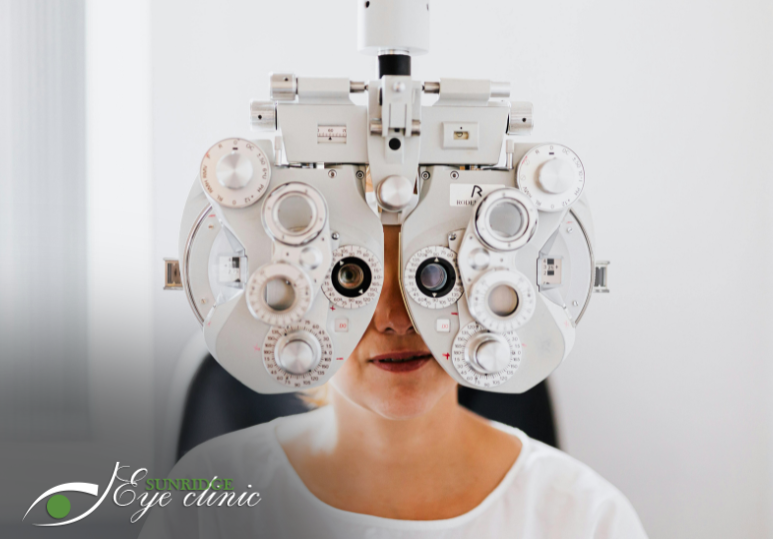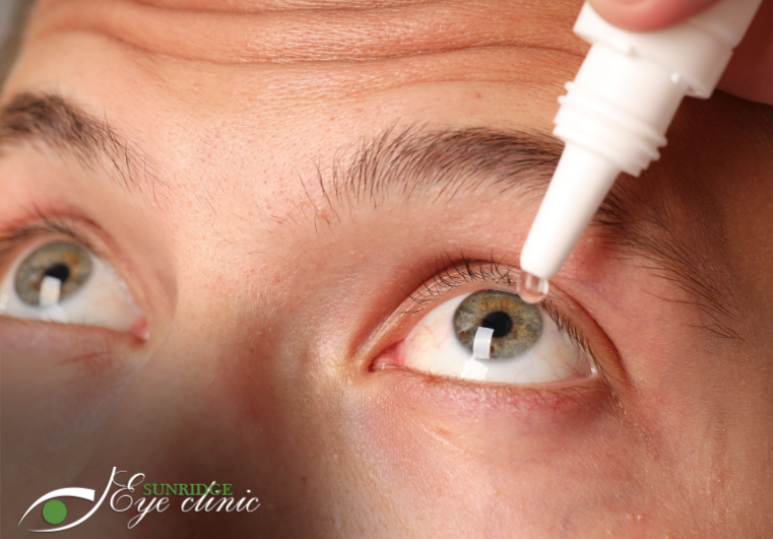Diabetic retinopathy is a complication of diabetes, caused by high blood sugar levels damaging the back of the eye (retina.) If left undiagnosed and untreated, it can result in complete vision loss.
This eye condition is not usually noticeable in the early stages as it doesn’t tend to have any obvious symptoms until it is more advanced, making it one of the leading causes of blindness in Canada.
At our Calgary eye clinic, we offer comprehensive diabetic retinal examinations to pick up any visual problems early on and recommend treatment options to prevent any vision loss or damage to your eyes.
Who should have regular diabetic retinal examinations?
Anyone with type 1 or type 2 diabetes is potentially at risk of developing this eye condition and should schedule annual diabetic retinal examinations at their local eye clinic.
Patients who are at a greater risk of diabetic retinopathy are those that:
- Have had diabetes for a long time
- Have persistently high blood sugar levels
- Have high blood pressure
- Have high cholesterol
- Are pregnant
- Are of Asian or Afro-Caribbean background
Apart from visiting your eye clinic regularly, keeping your blood sugar, blood pressure and cholesterol levels under control can reduce your chances of developing diabetic retinopathy.
What is involved in a diabetic retinal examination?
Diabetic retinopathy can be detected through a dilated eye exam done by a qualified optometrist. This exam can include a number of tests including:
Visual Acuity Test
A visual acuity test can check many different functions of the eye including your ability to see details at near and far distances and check for gaps in your field of vision. This is important during a diabetic retinal examination because it can detect any vision loss.
Slit Lamp Exam
A slit lamp is used to check your eyes for any disease or abnormality.It allows your optometrist to examine the structures in your eye to determine if there are any changes in the retina.
Tonometry
It measures the pressure of your eye and can help detect glaucoma - an eye condition that can be caused by diabetes.
Management of diabetic retinopathy
The most important part of your diabetic retinopathy treatment is to keep your diabetes under control. In the early stages of the eye condition, controlling your diabetes can help prevent vision loss.
For advanced diabetic retinopathy, treatment options include:
1. Laser treatment
The type of laser treatment used to treat diabetic retinopathy is called photocoagulation. The small bursts of heat seal leaky blood vessels and destroy abnormal new blood vessels in the retina, preventing vision loss and the progression of the disease.
2. Eye injections
Anti-VEGF drugs are injected into the eye to block a protein called vascular endothelial growth factor (VEGF), which can stimulate abnormal blood vessels to grow and leak fluid. This decreases the fluid in the retina, preventing any further damage to your eye.
3. Eye surgery
If the retinopathy is too advanced for laser treatment or eye injections, eye surgery can be used to remove blood or scar tissue from the eye.
At our Calgary eye clinic, our qualified optometrists can carry out comprehensive eye exams to determine which course of treatment is right for you.
Learn More
To learn more about the diabetic retinal examinations at our Calgary Sunridge Mall eye clinic, contact one of our optometrists today at 403-280-7518.





